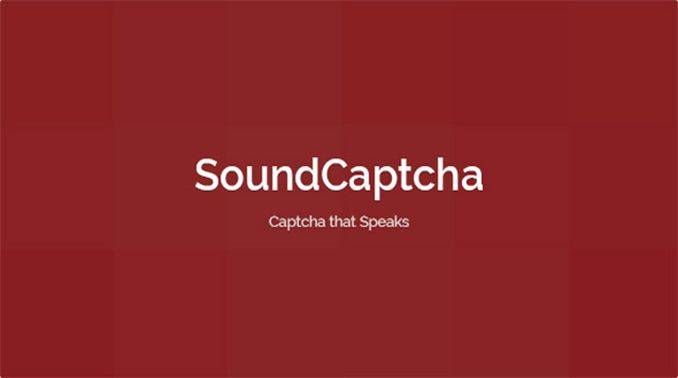This post was published on September 01, 2014.
At one point, access to technology, especially the Internet, was only a dream for the visually disabled. For a long time, online tools were not accessible owing to either the lack of availability or high cost. But today, popular screen reading software applications like Job Access With Speech (JAWS) and open source screen reading software applications like NVDA are available for free. These applications allow a blind person to access a computer and perform several of its functions without the need of a screen!
Accessing the Internet was initially not very easy, but as days passed several modules were added to screen readers, and now, almost 50% of the Internet, especially the text based part, is accessible to the blind. Among the accessible websites, one common roadblock encountered by the visually disabled is the CAPTCHA.
CAPTCHA, Completely Automated Public Turing test to tell Computers and Humans Apart, is a method used to prevent automated programs from accessing secure websites. CAPTCHA normally displays an image, the data in which must be manually entered into another text box to authenticate a human user. Though Google’s RE-CAPTCHA provides an audio alternative, its success rate is less than 50%. I used this several times, and succeeded only once.
A patent granted to Towson University in 2014 (US8667566 B2) seeks to solve the CAPTCHA problem for the blind by implementing a sound validation test. The first claim of the patent reads as follows:
“What is claimed is:
1. A computer implemented method to authorize access to a computer function, comprising:
receiving a request to access a computer function from a user interface;
generating a Completely Automated Public Turing Test to Tell Computers and Humans Apart (“CAPTCHA”), wherein the CAPTCHA comprises:
randomly selecting a sound category to be used as a validation sound,
selecting a plurality of non-validation sounds,
assembling a series of sounds that includes
i) at least two validation sounds from the category of validation sounds, and
ii) the plurality of non-validation sounds;establishing a time duration for the CAPTCHA,determining expected time intervals between the first validation sound and subsequent validation sounds;
presenting said CAPTCHA through the user interface;
recording a first input in response to a first validation sound and starting a timer for evaluating inputs;
recording subsequent inputs during the test until expiration of the time duration of the CAPTCHA,determining time intervals between the first input and the subsequent inputs; and
allowing access to the computer function if the time intervals between the first input and the subsequent inputs correspond to the expected
time intervals.”
On the face of it, the invention seems awfully simple, and very easy for a visually disabled person to use. If I’ve got it right, this is how it works:
First, I will be given a set of validating sounds;
Then, whenever the said sound is emitted, I will have to click a key (enter, space bar, etc.); and
A timer will calculate the timing between clicks, and validate if I am a human user or not based on the intervals of silence.
It surely will take around a minute to authenticate, but is much simpler than the existing system, which prompts some garbled numbers / letters, which must be typed in the text box as a person hears it. I await its implementation to check if it really is so simple. As you must have guessed from my earlier posts, the sighted world is never so straightforward.



